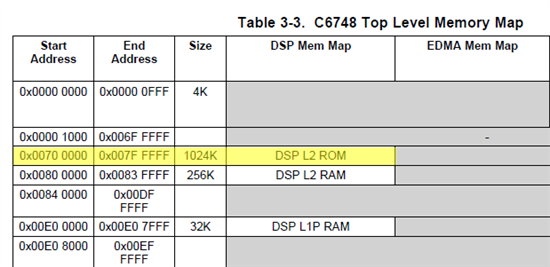I'm trying to setup interrupts (on a C6748). I'm able to set all the proper control registers such as (IER and INTMUX), but I'm having trouble initializing the Interrupt Service Table in memory (this table would contain jumps to my interrupt service routines. (Apparently, the processor won't allow me to write to that section of memory -- perhaps because it is program memory space? I dunno.) Perhaps there is a way to write into the Interrupt Service Table? Or perhaps there is a way to get the Linker to automatically create and load that table? Again, I dunno.
Documentation for the handling of interrupts seems to be parcelled out piecemeal into various manuals. But they're all cryptic about how to setup the Interrupt Service Table. I presume there is a smooth way to do it, but I'm not finding it described anywhere.
So far I've looked in:
-
The Megamodule Reference Guide
-
The C6748 Instruction Set Handbook
-
The C6748 System Reference Guide
-
The C6000 Assembly Language Tools v7
-
The C6000 Optimizing Compiler v7
-
The DSP Assembly Language User Guide
(I writing in C using CCS, and not using the DSP-BIOS. So, should I use the "interrupt" keyword when declaring my interrupt handlers?)
Thanks for your help.


